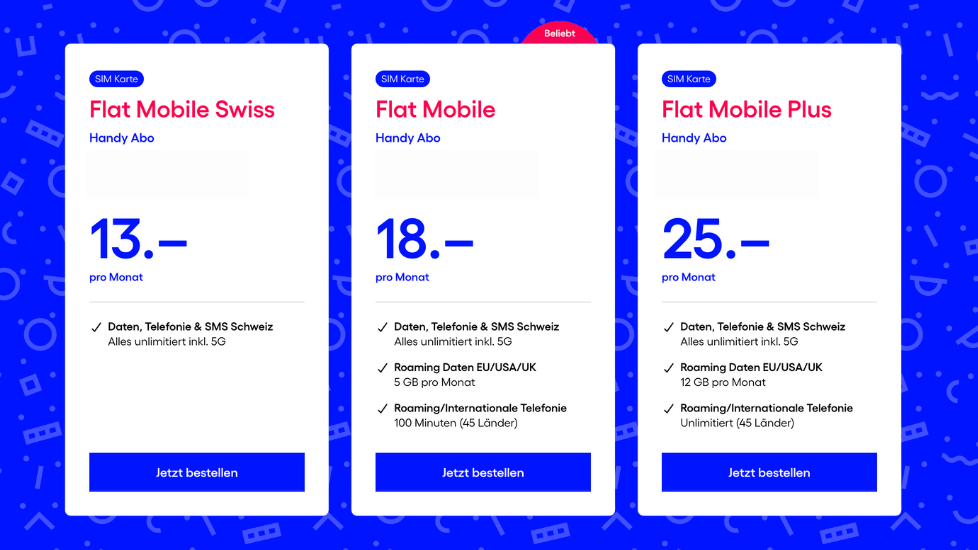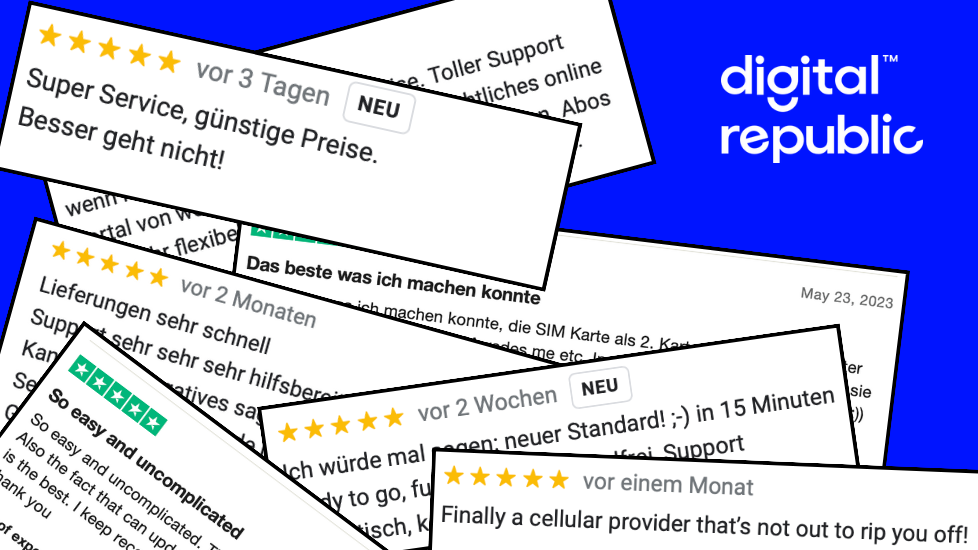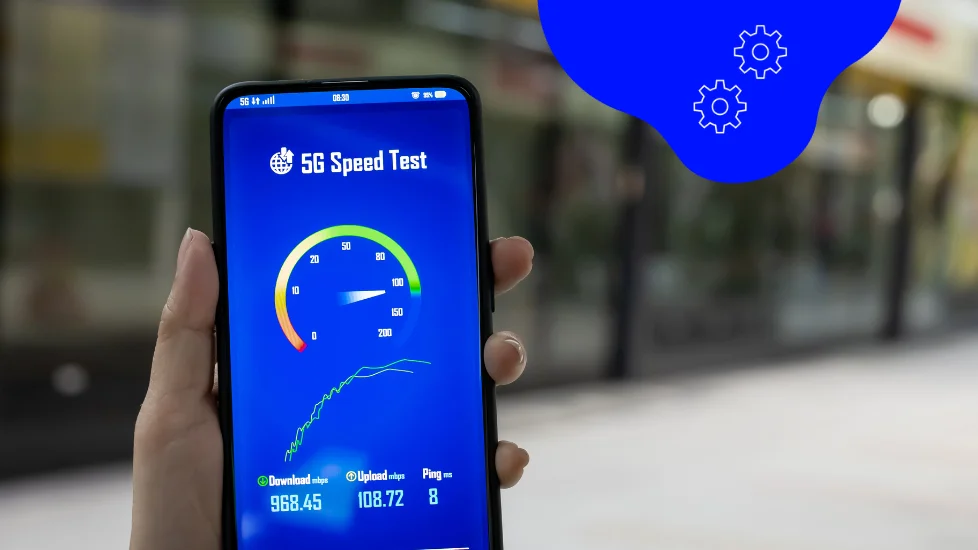Mobile internet for everyone and everything
Vehicle-2-everything – When IoT inspires
As a connectivity provider, we held a series of lectures at the Zurich Power-Days, to draw attention to the enormous potential of bidirectional charging technology for e-mobility and energy supply. The topic seems to have hit a nerve, because the speakers’ corner was filled with many interested listeners. A good sign for the speakers and an even better sign for the idea behind the presentations. We look back with pleasure on an inspiring and inspiring event at Messe Zürich.
Four presentations, one idea
The Internet of Things (IoT) enables new applications for numerous devices, including electric vehicle charging stations. “Beyond eCharging – Vehicle-2-everything in theory and practice” was accordingly the title of the lecture series. Four speakers, moderated by Digital Republic Co-Founder Ali Soy, addressed the possibilities of bidirectional charging technology in e-charging stations. The idea is both simple and ingenious: by feeding unneeded energy from the electric vehicle back into the grid, the power grid can be relieved and the vehicle’s battery power can be used more efficiently. A technology that can make a major contribution to the sustainable energy supply of the future.
Ali Soy“A lot of things in life work both ways. It’s exciting to see that this is no different with Vehicle-2-Everything.”

The fact that e-charging stations can not only deliver electricity to the vehicle, but also feed it back into the grid, is of course not straightforward. The required technology relies on intelligent M2M communication and connectivity. The speakers therefore had to be experts in this field in order to present the topic as practically as possible. We may thank all speakers for their competent and inspiring contributions:
- Sandro Schopfer from Sun2Wheel AG, for the technical insight into bidirectional charging from the home application to the fleet.
- Fabian Trinkler from eCarUp AG, for showing how the management and billing of charging stations can be implemented in a straightforward manner.
- Markus Streit from Gerber AG, for presenting the practical implementation of bidirectional charging and sector coupling.
- Raphael Oerer from Digital Republic, for explaining the necessary connectivity and the potential of IoT as a game changer in the energy sector.
Enthusiasm in the Speakers Corner
The attention paid to the speakers also revealed that the topic had hit the mark. Within a short time, around 50 interested people had gathered at the speakers’ corner to listen to the experts.
Ali Soy“We were overwhelmed and very pleased with how many people attended. That Vehicle-2-everything is a trending topic was once again confirmed at the Speakers Corner.”
Following the presentations, there was a lively exchange at the networking aperitif. The speakers answered questions of all kinds and new contacts were made. The overall response to the series of lectures was extremely positive and the interest in the topic was huge. We can only hope that the ball will continue to roll and that we will soon be able to look forward to full-blown e-mobility that not only strains the grid but also supports it. In any case, we’ll stay on the ball and deliver the necessary connectivity wherever it’s needed. Finally, a few impressions of the event:
Discover Our Other News Articles

The Development of Our Ideal Cell Phone Plans for Switzerland
The path to the current Trio Flat Mobile Swiss, Flat Mobile, and Flat Mobile Plus cell phone plans is also an example of how Digital Republic wants to function as a provider and where its priorities lie. We have quickly transformed ourselves from a pure data SIM provider to a cell phone plan provider. And we have completely rethought the development process.

The Affordable Mobile Provider With Award-Winning Service
When it comes to mobile providers in Switzerland, the wheat is often separated from the chaff when it comes to price. Either you pay little for your subscription and do without services like support or 5G, or you go to one of the big providers and pay more than you might like. At Digital Republic, you get both!

Why 5G Is Not Always Equally Fast
Sometimes fast, sometimes slow, sometimes suddenly 4G again. The network indicator on your smartphone suggests that it is connected to the internet via either 4G or 5G. In fact, a complex mechanism and a lot of communication between your smartphone and the network is taking place in the background to ensure that you always have the best possible connection.








